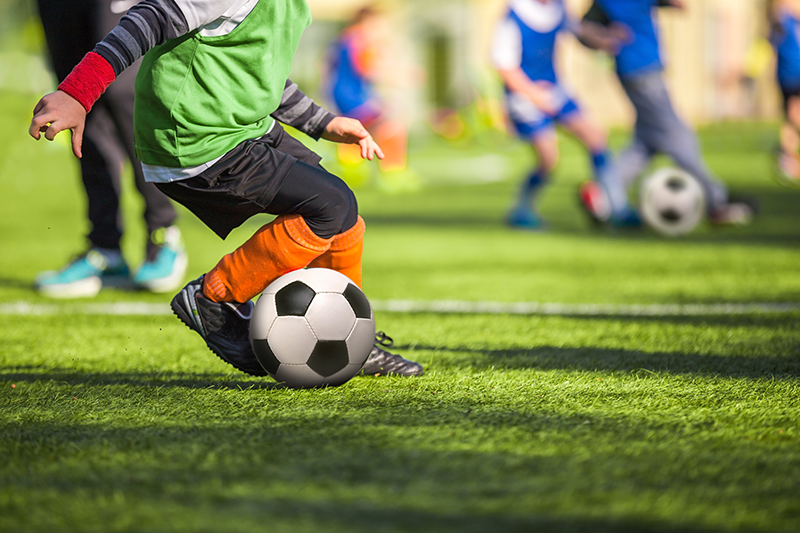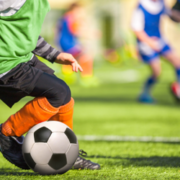Physical Literacy: Building Canada’s Foundation for Active Living

In an era where sedentary behaviours increasingly dominate daily life, Sport for Life’s comprehensive resource Understanding Physical Literacy: A Canadian Perspective offers a transformative framework for fostering lifelong physical activity across Canadian communities. This evidence-based approach extends far beyond traditional physical education, creating pathways for Canadians of all ages and abilities to enjoy physically active lives.
The Canadian Definition of Physical Literacy
The Canadian Physical Literacy Consensus Statement (2015) established a unified national definition: “the motivation, confidence, physical competence, knowledge, and understanding to value and take responsibility for engagement in physical activities for life.” This holistic definition encompasses four dynamically interacting elements:
- Motivation and Confidence (Affective Domain): An individual’s enthusiasm, enjoyment, and self-assurance in making physical activity integral to their identity and lifestyle.
- Physical Competence (Physical Domain): The development of movement skills and patterns across varied intensities and durations, enabling participation in diverse activities across multiple environments.
- Knowledge and Understanding (Cognitive Domain): The ability to identify essential movement qualities, comprehend health benefits, and recognize appropriate safety considerations in various physical settings.
- Engagement in Physical Activities for Life (Behavioral Domain): Regular, prioritized participation in personally meaningful and challenging activities as a core component of one’s lifestyle.
The Canadian Landscape: Developing Physical Literacy
Canada’s diverse geography provides unique opportunities for physical literacy development across four distinct environments:
- Land: From traditional sports like soccer, basketball, and track and field to outdoor pursuits like hiking and running across urban parks and natural landscapes.
- Water: With thousands of lakes, rivers, and extensive ocean coastlines, aquatic activities like swimming,canoeing and other water based activities are essential components of Canadian physical literacy.
- Ice and Snow: Canada’s cold climate and mountainous terrain make winter sports like skating, skiing, luge, snowboarding and other winter activities crucial elements in developing comprehensive physical competence and confidence
- Air: Activities like gymnastics, diving, parkour, and trampoline—along with aerial winter sports like snowboard half-pipe—develop coordination and body awareness in Canadian outdoor and indoor settings.
Assessment Through the PLAY Framework
In Canada, practitioners observe physical literacy using the Physical Literacy Assessment for Youth (PLAY) Tools, developed by Dr Dean Kriellaars and deployed by Sport for Life. This comprehensive framework includes:
- PLAYfun: Assessing various fundamental movement skills
- PLAYbasic: A simplified PLAYfun version
- PLAYself: Self-assessment of confidence, competence, and motivation
- PLAYparent: Parental observation tools
- PLAYcoach: Coaching observation and feedback tools
Importantly, these tools track personal growth rather than comparing participants to predetermined standards, creating a supportive environment that reinforces physical literacy as a journey.
Practical Applications Across Canadian Communities
Some Specific Canadian initiatives integrate physical literacy into communities and schools:
- Physical Literacy for Communities (PL4C): Community-wide approach to physical literacy development and increasing physical activity
- School Physical Literacy and Physical Activity (SPA-PL): School-based implementation strategies to increase physical activity over the whole school day
- PISE Physical Literacy for Kids: Programming targeting youth development
At the national level, partnerships between National Sport Organizations (NSOs), Provincial Sport Organizations (PSOs), and local organizations implement physical literacy principles in sport programming, while the Coaching Association of Canada integrates these concepts into coaching education.
Supporting Canada’s Long-Term Development Framework
Physical literacy forms the foundation of the Long-Term Development (LTD) framework, particularly in the early stages:
- Active Start: Introducing movement in early childhood
- FUNdamentals: Developing basic movement skills
- Learn to Train: Building more complex movement patterns
By integrating physical literacy, Canadian sport organizations deliver programming that supports holistic development aligned with national values of inclusivity, accessibility, and well-being.
A Collaborative Approach
Physical literacy development in Canada is a shared responsibility involving:
- Individual Canadians: Taking personal responsibility for their physical literacy journey
- Parents, teachers, and coaches: Providing guidance, learning and opportunities
- National agencies: The Public Health Agency of Canada and Sport Canada establishing policy priorities
- Organizations: Sport for Life and Physical and Health Education Canada promoting physical literacy principles
- Local entities: Clubs and schools implementing supportive programs
Beyond Athletics: A Distinct Approach
While athleticism tends to focus on high-level performance in competitive settings, physical literacy emphasizes lifelong engagement in varied physical activities. This distinction is critical—a physically literate person may not be an elite athlete, and an athletic person may lack comprehensive physical literacy if they’ve specialized too early or narrowly.
Environmental and Social-Emotional Benefits
Beyond physical health, Canada’s approach to physical literacy recognizes broader benefits:
- Environmental sustainability: Promoting active transportation like walking and cycling
- Engagement with natural spaces: Encouraging outdoor activity across Canada’s diverse landscapes
- Social connections: Fostering community engagement and peer relationships
- Emotional/Mental well-being: Providing stress reduction and mood enhancement through regular activity
A Canadian Vision for Active Living
Sport for Life’s resource articulates physical literacy as central to Canada’s vision for a healthier, more active society. By integrating these principles into education, recreation, sport, and health sectors, Canada creates pathways for lifelong physical activity that support individual well-being while advancing broader national priorities.
For organizations and communities seeking to foster physical literacy, Sport for Life provides extensive resources, education programs, and implementation strategies at physicalliteracy.ca and sportforlife.ca—valuable tools for building a more active future for all Canadians regardless of age, gender, ability, sexual orientation, religion, race, or socioeconomic status.

